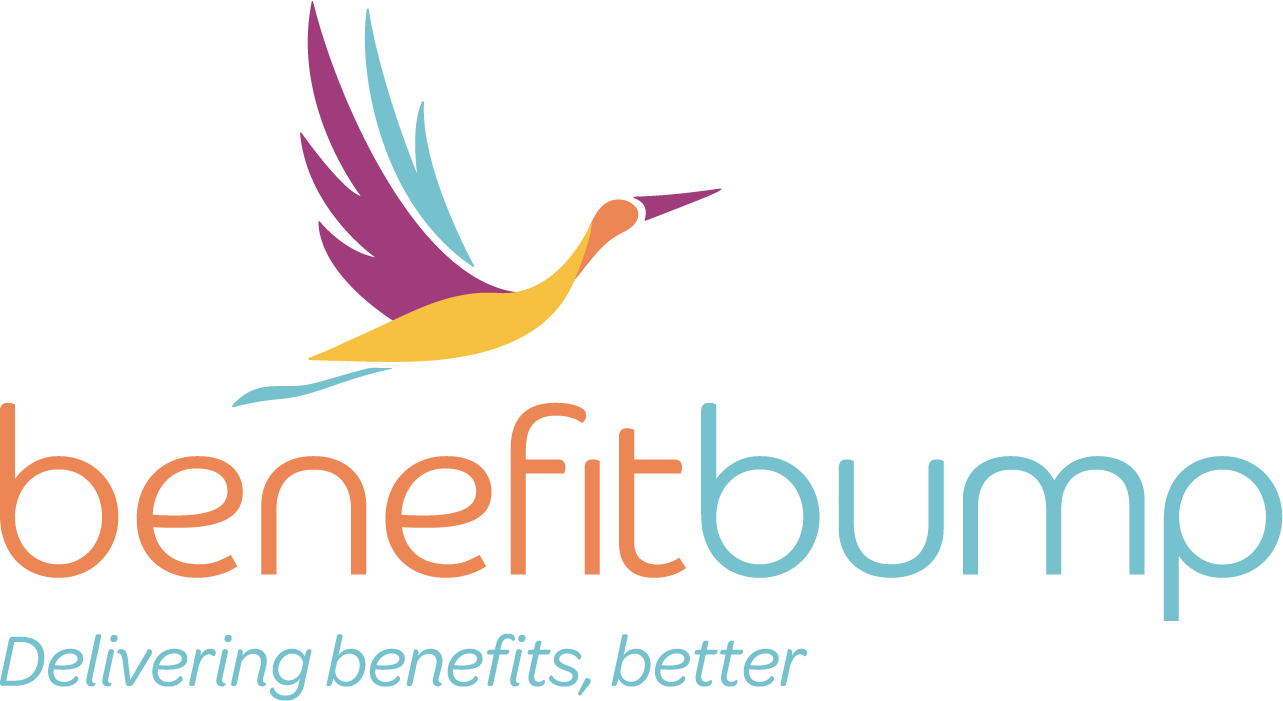Tiny Teeth, Big Smiles
Setting Your Child Up for Success at the Dentist & Beyond
Preparing your child for their first dentist appointment is a critical step in establishing a lifetime of good oral health habits. A positive introduction to dental care helps reduce anxiety and sets the foundation for stress-free check-ups. Early dental visits also allow parents to receive education on proper oral hygiene and ask any questions they might have about their child’s dental health. By fostering a proactive approach to visiting the dentist, parents can contribute to their child’s overall well-being with a healthy smile!
Preparing Your Child for a Visit to the Dentist
Talking to your child before their first visit to the dentist is key! Letting them know what to expect, practicing what will happen, and getting them excited are all important components to their preparation. Follow the steps below to help prepare your child.
Talk about going to the dentist well in advance of the appointment. Describe what it will be like, what they will do, and anticipate parts that might be difficult or scary. Teeth brushing time is a great opportunity to bring up the dentist and begin discussing what the appointment will be like. Have a few simple elements that you repeat each time you discuss it. Repeat several times!
Read books or watch videos about going to the dentist. We’re Going to the Dentist by Marion Cocklico, Maisy Goes to the Dentist by Lucy Cousins, The Night Before the Dentist by Natasha Wing, and Going to the Dentist by Anne Civardi are all good book options, amongst others.
As the date gets closer, practice playing dentist. You can be the patient and your child can be the dentist, or vice versa, or a stuffed animal or doll can be the patient as well.
When it’s time for the appointment, ask if they’d like to bring the stuffed animal or doll, or even their toothbrush to show the dentist. Having the doll or stuffed animal participate “first” can ease anxiety, and showing off a familiar item or skill that they do often like brushing their teeth can build confidence.
Bonus: Try to take a few pictures of your child at the appointment: standing by the door, getting their teeth cleaned, talking to the dentist, and getting a sticker at the end! You can make the photos into a book for the child to review before their next appointment, or you can simply show your child the photos to prepare for their next visit. Six months is a long time for a kid, so expect to provide a lot of preparation each time you go to the dentist for several visits. You can revisit if the child felt scared or hesitant, and what happened to make it better (“You were feeling nervous to have the hygienist clean your teeth, and then she gave you these blue sunglasses to wear and you felt a lot better. Here’s the picture of you wearing the sunglasses!”).
Know that even with all the preparation in the world, your child still might struggle at the dentist. It’s normal for kids to have a tough time with new experiences, and with time and consistent exposure, it can improve. Always talk to your dentist if you have specific concerns, or if they could do something to make your child’s visit more successful.
Ongoing Oral Health
The American Academy of Pediatric Dentistry (AAPD) and the America Academy of Pediatrics (AAP) have several recommendations for the oral health of young children:
When should I start brushing my child’s teeth? It’s never too early! As soon as your child’s first tooth erupts, you can start brushing with a soft-bristled infant brush or a damp cloth to clean the tooth and gums. A very small amount of fluoride toothpaste can be used.
As your child gets older, they can start to participate in teeth brushing. Once they can spit (usually at age three or older), increase to a pea-sized amount of fluoride toothpaste and continue assisting with brushing until they can properly brush on their own (usually around age six or older). Establishing a routine around teeth brushing twice a day helps develop lifelong healthy habits.
When should my child see a dentist for the first time? Children should have their first dental visit around their first birthday, or within six months of their first tooth erupting. Some pediatricians are equipped to check for proper tooth and jaw development and provide parents with guidance and information about oral health and hygiene in early childhood. Starting dental visits early helps children get comfortable with the dentist and sets the foundation for healthy oral care habits. After that initial visit, children should see the dentist every six months (twice per year) for ongoing dental care.
Is fluoride safe for my child? Not only is it safe, but toothpaste with fluoride is recommended for children of all ages. Fluoride protects teeth by making them more resistant to acid, which is produced when the bacteria in our mouth combines with elements of the foods we eat and beverages we drink. Acid harms tooth enamel and damages teeth.
Should I be worried about sugar and my child’s teeth? As with general health recommendations, make sure your child is getting a balanced diet that is appropriate for their age, growth, and development, including a wide variety of food groups. Limit servings of sugars and starches, especially sugar-containing drinks. When you allow these, serve with a meal instead of as a stand-alone snack.
If you have questions about finding personalized resources or benefits related to your child's dental health or any other family care needs, don’t hesitate to reach out to your Care Navigator.
Sources: American Academy of Pediatric Dentistry (AAPD) and America Academy of Pediatrics (AAP).

